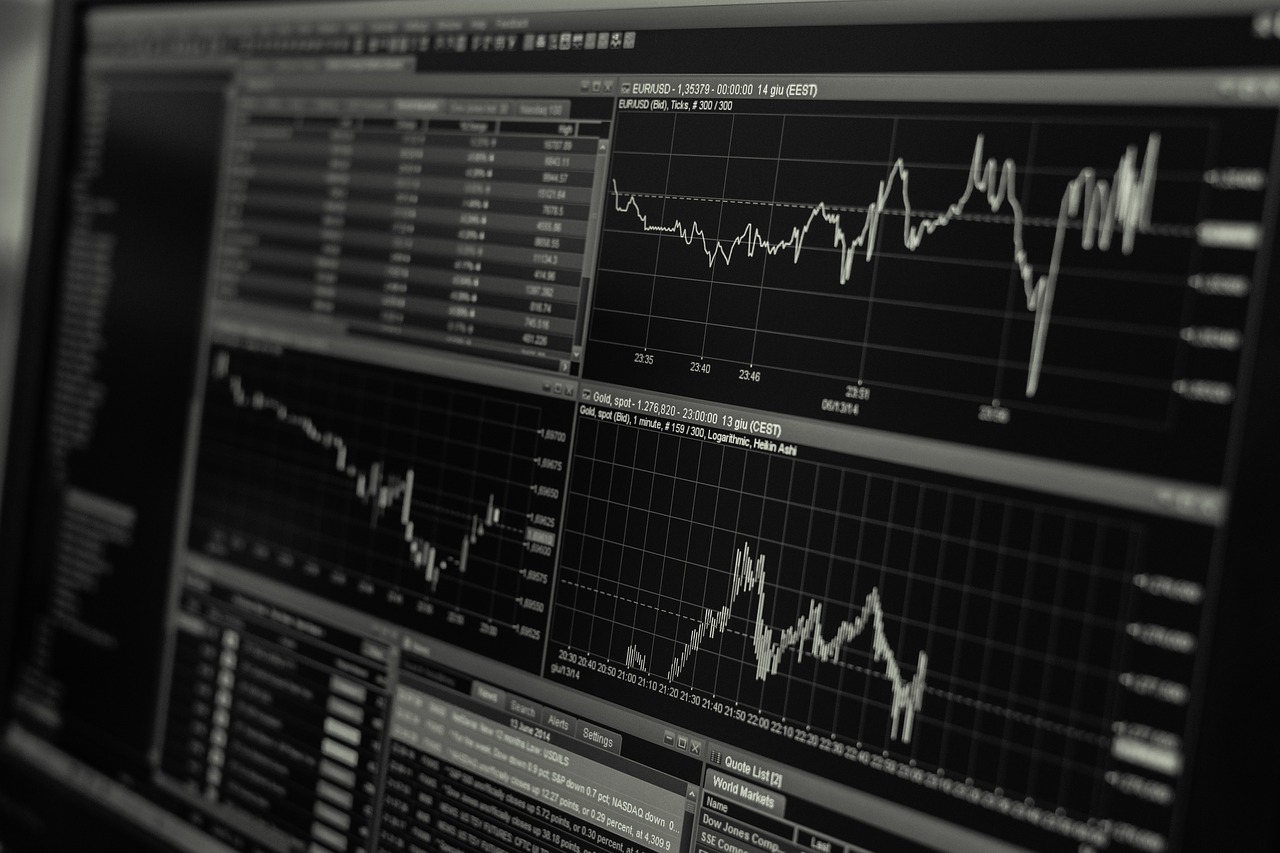Green technology, or cleantech, as it is also called, is quickly evolving from a young sector into one of the most dynamic and profitable investment opportunities. As a result of growing environmental concerns and incontrovertible evidence that traditional industries are causing climate change, the investors’ interest is slowly shifting in the direction of renewables and clean technologies. According to the latest data, the renewable sector is going from an investment boom at the moment, and experts forecast that investments will reach $1.23 trillion by 2022.
At present, the Asia-Pacific region is leading the way in cleantech funding, especially in the solar sector, accounting for a total of $40 billion but, as green technology is becoming a global trend, more countries are joining the race.
What is green technology?
Green technology refers to companies whose production processes are clean and environmentally friendly. The mission of green tech companies is to innovate and increase efficiency while at the same time reducing their carbon footprint and avoiding waste. In the green tech sector, the focus falls on sustainability and resource conservation by using alternative energy sources.
Companies who work in clean technology fall into several subcategories, depending on the renewable energy sources they use:
- Solar power
- Wind power
- Biofuels
- Biomass
- Small hydro
- Geothermal
- Marine
In 2018, companies who use solar power received the most funding ($161 billion) and the main players in the industries include First Solar (NASDAQ: FSLR), JinkoSolar Holding Co. Ltd. (NYSE: (JKS) and Sunpower Corp. (NASDAQ: SPWR), who are all manufacturers of solar panels.

Solar power is followed by wind ($107 billion), represented by notable public companies like General Electric (NYSE: GE), NextEra Energy Partners LP (NYSE: NEP), Siemens Gamesa (OTCMKTS: GCTAY) and Vestas Wind Systems (NASDAQOTH: VWDRY). The wind energy sector also has the First Trust ISE Global Wind Energy Index Fund (FAN), which allows people to make passive investments in this sector.
Who are the main players in clean technology investments?
The interest in clean technology is at an all-time high and even the countries that currently rely on traditional energy sources are beginning to see movement in the green sector.
The global leader in green tech investments is China, which stood at $126.6 billion in 2017 despite being the world’s largest emitter of CO2. According to the Institute for Energy Economics and Financial Analysis, China is investing abroad heavily in clean energy and electric cars. Domestically, China’s energy sector is still heavily dependent on coal, but the country is planning to change its reputation and make a 180 shift to the renewables market.
Interestingly, developing countries are investing more in green tech than developed ones – $177 billion more, to be more exact. India and Brazil stand out here, followed by Egypt and Argentina. On the other side of the world, Australia is also seeing a massive increase in the clean energy investments, which reached $20 billion in 2018, which is comparable to the £24.5 million for the Energy Catalyst in the UK. Australia, which has been one of the emerging players in alternative investment strategies, as proved by the growing number of Australian ASIC Forex brokers, is also initiating a record number of renewable energy projects.
As for the United States, they are rapidly recovering from the 2017 drop to $40.5 billion and reached a record $64.2 billion in 2018. In Europe, the picture is a bit more diverse, because each state is at different stages in their clean energy policies. For example, Iceland is already 100% renewable, and Scandinavian countries are close to hitting the 100% mark. Switzerland and Germany have also pledged to eliminate coal plants, which has led to a growing number of eco-friendly startups.

The benefits of green tech for investors
Although green stocks initially drew the interest of environmentally-aware individuals who wanted to support the causes they believed in, now green stocks are one of the most popular options for investors looking to diversify their portfolio. Even under the coal-friendly Trump administration, the interest in green stocks is growing and investors everywhere are seeing the potential of renewable energies. In addition to the specialized green funds such as SRI funds and ESG funds, many investors have committed to backing up only eco-friendly companies.
Currently, the market doesn’t yield a very high ROI, but finance experts explain that cleantech is one of the best long-term options for portfolio diversification. Combined with physical assets and financial investment strategies like Forex and ETFs, green tech investments can become extremely profitable as the market develops.
There are many renewable energy stocks that investors should consider in 2019 but it’s important to consider the long-term potential of each company and do a thorough reliability check. On certain markets, green tech is still a buzzword, and many companies use it without having a clear strategy or worse, without utilizing green processes.
Investors should look into the dangers of greenwashing – marketing a business or product as eco-friendly without actually using green technologies – to avoid being misled and putting their funds in unethical businesses. Keep in mind that in the age of technology news travels fast, so a company’s public perception can matter just as much as its strategic goals.
Although at present green technology may not look like the best sector for investors focused on high liquidity, experts warn that things will quickly change in the near future and that IPOs that exclude cleantech from their practices will see a drop in the share price. Meanwhile, green tech companies are more likely to survive industry shake-up, adapt to this new dynamic market and perform better in the long run.
Related Posts












